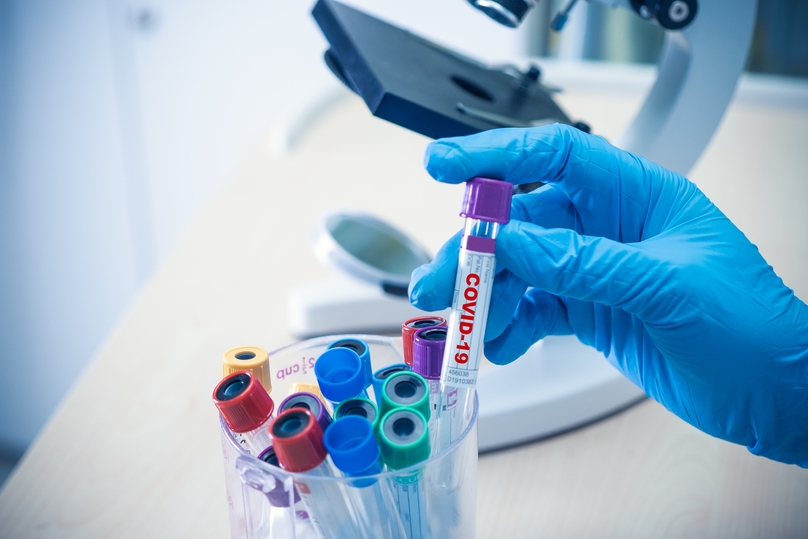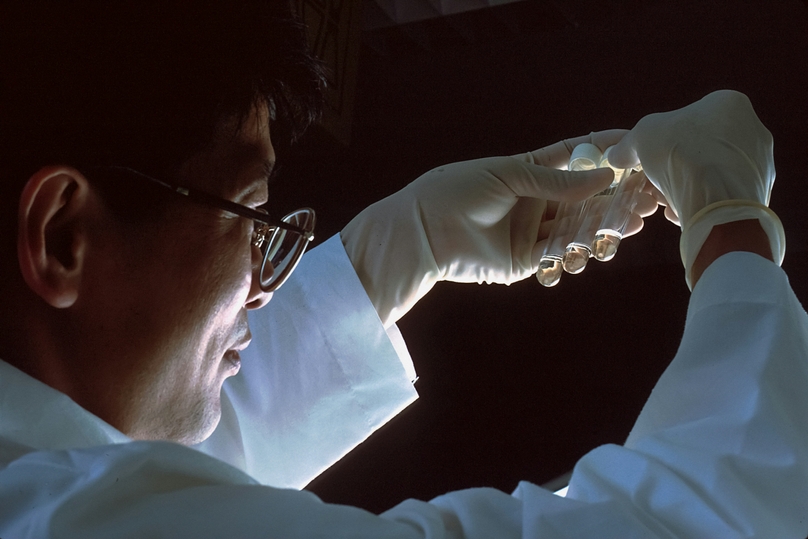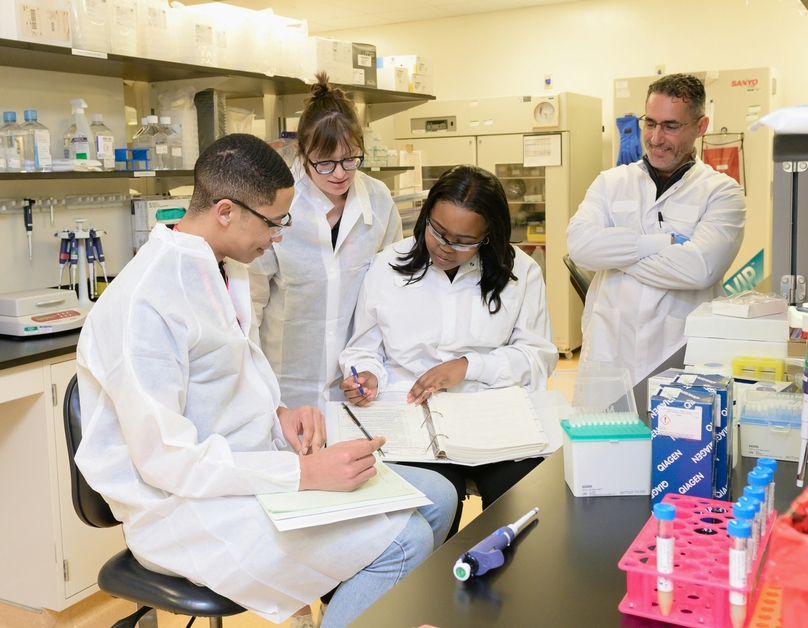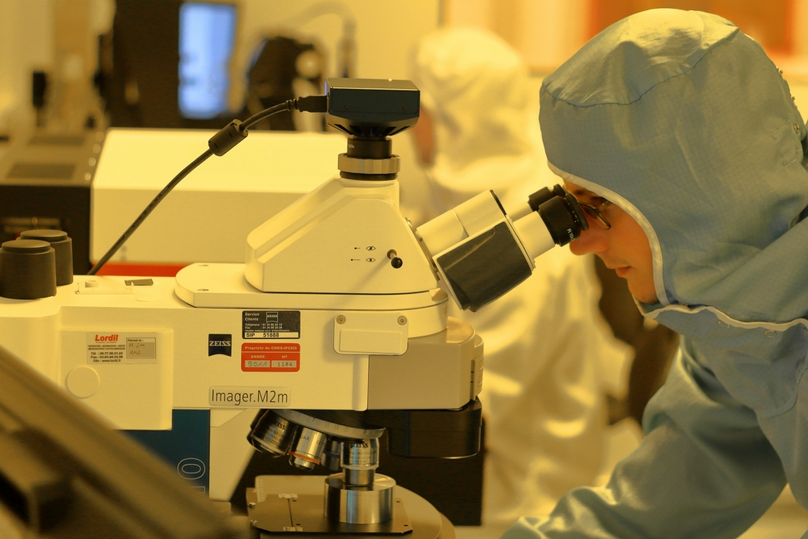Hepatectomy, a critical surgical procedure involving the removal of part or all of the liver, has evolved significantly thanks to advancements in surgical techniques. This procedure is vital for treating various liver diseases, including cancer. Surgeons continuously explore options to enhance the safety and efficacy of hepatectomies, considering factors like the extent of liver resection, patient's overall health, and technological advancements. Minimally invasive approaches, such as laparoscopic hepatectomy, have gained popularity for reducing patient recovery time and minimizing complications. Each technique demands precise execution and thorough understanding, as the liver's complex structure and vital functions pose unique challenges.
Genemod: Streamlining Hepatectomy Research and Development
In hepatectomy research, Genemod emerges as a vital tool for biopharma research teams. By automating experiments and managing inventory, Genemod significantly enhances productivity, allowing researchers to focus more on innovative surgical techniques and less on administrative tasks. This is particularly beneficial in developing and testing new hepatectomy methods, where precision and efficiency are paramount. Genemod's platform fosters improved collaboration among teams, enabling seamless sharing of data and ideas. This collaborative environment is crucial for advancing the study and application of hepatectomy techniques, ultimately contributing to better patient outcomes in liver surgery.
Importance of Surgical Techniques in Liver Resection
Liver resection, or hepatectomy, is a complex surgical procedure commonly used in the treatment of liver tumors, injuries, or certain liver diseases. The choice of surgical technique in hepatectomy significantly impacts patient outcomes, recovery times, and post-operative complications. Understanding the importance of selecting the most appropriate surgical approach is essential for ensuring the success of liver resection procedures. The goal is to remove the diseased or affected portion of the liver while preserving the maximum amount of healthy liver tissue. This balance between resection and preservation is crucial for maintaining liver function and overall patient well-being.
Traditional Open Hepatectomy
Traditional open hepatectomy is a well-established surgical technique in liver resection. It involves making a large incision in the abdominal wall to access and remove the affected part of the liver. Surgeons have a direct view of the liver, allowing for precise control and manipulation during the procedure. This approach is suitable for complex hepatectomies and cases where the tumor's location makes laparoscopic access challenging. However, open hepatectomy typically requires a longer hospital stay and recovery period compared to laparoscopic techniques. Patients undergoing open hepatectomy may experience more post-operative pain and a higher risk of complications, such as infection or incisional hernias.
Laparoscopic Hepatectomy
Laparoscopic hepatectomy, also known as minimally invasive or keyhole hepatectomy, represents a modern surgical technique for liver resection. In this approach, surgeons make several small incisions in the abdomen and use specialized instruments and a camera (laparoscope) to perform the procedure. Laparoscopic hepatectomy offers several advantages, including shorter hospital stays, reduced post-operative pain, faster recovery, and fewer complications. It is particularly beneficial for removing smaller liver tumors or lesions located in favorable positions for laparoscopic access. However, laparoscopic hepatectomy requires advanced surgical skills and experience in minimally invasive techniques.
Robotic-assisted Hepatectomy
Robotic-assisted hepatectomy is an innovative surgical technique that combines the precision of robotic technology with the benefits of minimally invasive surgery. In this approach, a surgeon operates the robotic system from a console, controlling robotic arms that hold specialized instruments and a high-definition camera. This allows for enhanced dexterity, precision, and a three-dimensional view of the surgical field. Robotic-assisted hepatectomy offers several advantages, such as smaller incisions, reduced blood loss, shorter hospital stays, and faster recovery compared to traditional open surgery. Additionally, it enables surgeons to perform complex liver resections with greater accuracy, making it a valuable option for specific cases. However, it requires specialized training and equipment, making it available in select healthcare institutions. Researchers and biopharma teams interested in improving surgical outcomes and advancing liver resection techniques should consider the potential benefits of robotic-assisted hepatectomy in their collaborations and studies.
Key Considerations for Surgical Technique Selection
When selecting a surgical technique for hepatectomy, several key considerations come into play. The patient's overall health, the location and size of the liver lesion, and the surgeon's expertise all play significant roles in determining the most suitable approach. Traditional open hepatectomy, laparoscopic hepatectomy, and robotic-assisted hepatectomy each have their indications and contraindications. It is essential to evaluate the specific requirements of each case, balancing the need for complete tumor removal with the preservation of healthy liver tissue. Surgeons and researchers should collaborate closely to assess the patient's individual circumstances and make informed decisions regarding the choice of surgical technique. This collaborative approach ensures that the selected technique aligns with the patient's best interests and contributes to successful outcomes.
Boost Your Hepatectomy Research with Genemod
Take your hepatectomy research to the next level with Genemod. Our platform offers unmatched tools for automating your lab experiments and managing inventory, designed specifically for biopharma teams, startups, academia, and non-profits. Embrace the power of research operations analytics with Genemod, and join a community dedicated to advancing surgical techniques in hepatectomy. Choose Genemod, where big ideas in medical research turn into reality.


















